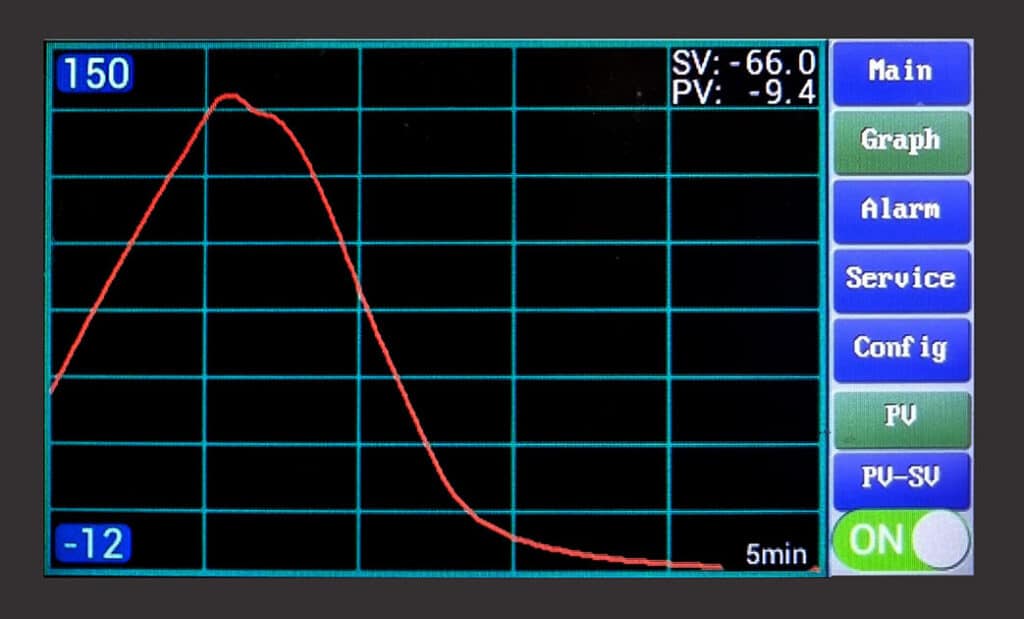Silicon validation is a crucial phase in the semiconductor design process, ensuring that chips, processors, and other silicon-based components perform reliably under various environmental conditions. One of the key challenges during this phase is managing the thermal stress on silicon, as overheating can lead to performance degradation or even failure of these components.
This guide will cover key aspects of thermal solutions for silicon validation, explore different methodologies, and explain the role of these solutions in enhancing product reliability.
1. Understanding the Need for Thermal Solutions in Silicon Validation
Silicon validation platforms are used to simulate real-world conditions where processors, chipsets, and other silicon-based components are tested across a range of temperatures, typically from -40°C to +150°C. The goal is to verify that these components meet their thermal, mechanical, and electrical specifications before they are introduced into consumer products.
High-performance silicon, such as modern microprocessors and graphics chips, generates significant heat. This heat, if not managed properly, can cause increased leakage currents, timing errors, and other thermal-related failures. To ensure accurate validation results, efficient thermal management is essential during the validation process(
Sysmetric Thermal Forcing Systems)(
2. Key Technologies in Thermal Management for Silicon Validation
There are several types of cooling technologies used in silicon validation:
- Air Cooling and Liquid Cooling: These are the most common methods. Liquid cooling offers superior thermal performance but at a higher cost and complexity. Air cooling, while more affordable, may struggle to maintain low temperatures for high-power silicon(FrozenTec)(Tessolve).
- Phase Change Cooling: This method involves the use of phase change materials (PCMs) to manage heat efficiently, especially at extremely low temperatures (as low as -40°C). It is more energy-efficient than traditional methods but comes with higher initial costs(Sysmetric Thermal Forcing Systems)(Electronics Cooling).
- Thermoelectric Cooling: Also known as Peltier cooling, this method is useful in situations where high precision temperature control is needed. However, its efficiency tends to be lower compared to liquid or phase-change systems.
3. Components of Thermal Validation Solutions
Efficient thermal validation solutions consist of multiple components working together to ensure consistent temperature control during the silicon validation process:
- Thermal Interface Materials (TIMs): These materials, such as thermal greases or gap fillers, are placed between heat sources and heat sinks to improve heat transfer. Choosing the right TIM is critical for maintaining efficient thermal conductivity and ensuring the longevity of the components being tested(FrozenTec).
- Heat Sinks: Active or passive heat sinks are used to dissipate heat from high-performance silicon components. Active heat sinks use fans for forced air cooling, while passive heat sinks rely on natural convection.
- Environmental Chambers: Controlled environments that replicate extreme temperature conditions, essential for thorough silicon validation(Sysmetric Thermal Forcing Systems).
4. Challenges in Thermal Validation of Semiconductors
The thermal validation of modern silicon faces several challenges:
- Power Dissipation: As the performance of silicon-based devices increases, so does their power dissipation. High power density can result in significant heat flux, making it difficult to maintain stable operation during testing(Tessolve).
- Form Factor Constraints: Many semiconductor devices, such as those used in the automotive industry, are becoming smaller, necessitating compact yet highly efficient thermal management solutions(FrozenTec).
- Extreme Operating Conditions: Validating silicon over a wide temperature range, from sub-zero to high temperatures, is critical, especially for industries like aerospace or automotive that require components to perform reliably in harsh environments(Sysmetric Thermal Forcing Systems)(FrozenTec).
5. Emerging Trends in Thermal Solutions
As semiconductor technology evolves, so do the requirements for effective thermal management. Some emerging trends include:
- Advanced Materials for TIMs: Recent innovations in TIMs involve using advanced composites that offer higher thermal conductivity without the mechanical drawbacks of traditional materials.
- Compact Liquid Cooling Systems: These systems are becoming more viable for high-power applications, offering efficient cooling in a smaller footprint, ideal for modern silicon designs(Tessolve)(Electronics Cooling).
- Integration of Simulation and Testing: More advanced thermal validation setups now include simulation environments that mimic real-world conditions to test silicon in different operational scenarios(Electronics Cooling).
Vendor-Specific Section: Sysmetric Thermal Forcing Solutions
Sysmetric provides advanced thermal forcing systems tailored for silicon validation. These solutions are designed to maintain precise temperature control, ensuring reliable test results across a range of silicon components. Sysmetric’s systems support cooling and heating environments, ideal for the validation of processors, chipsets, and high-speed memory modules under extreme conditions. Their Samson cooling system offers powerful thermal management, making it a cost-effective and durable choice for semiconductor validation labs(
Sysmetric Thermal Forcing Systems).
Sysmetric’s products are known for their customizable options, allowing engineers to optimize their test setups based on the specific requirements of the silicon under validation. By providing both air and liquid cooling solutions, Sysmetric ensures that your validation environment can handle even the most demanding thermal requirements(Sysmetric Thermal Forcing Systems).
For more details on how Sysmetric’s solutions can meet your silicon validation needs, visit Sysmetric Thermal Solutions.

